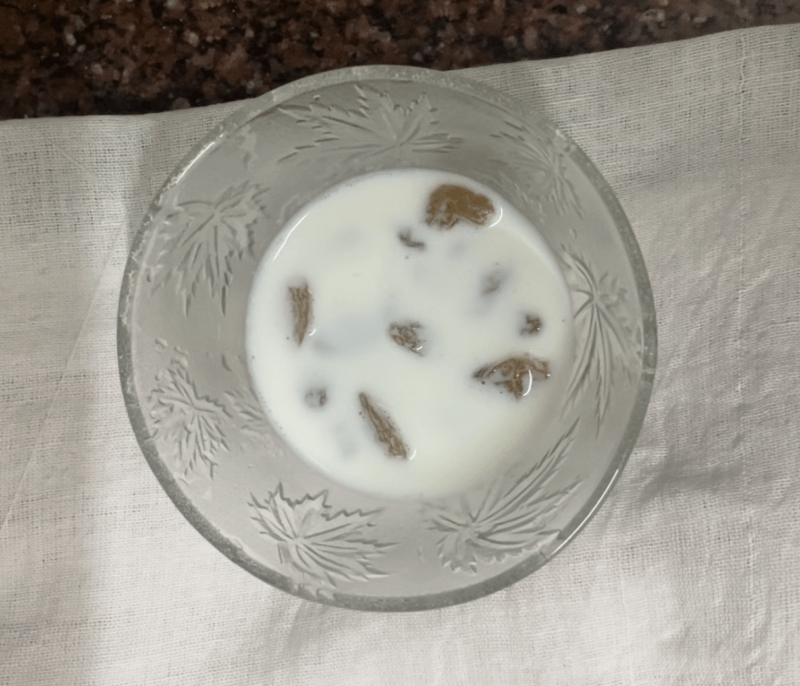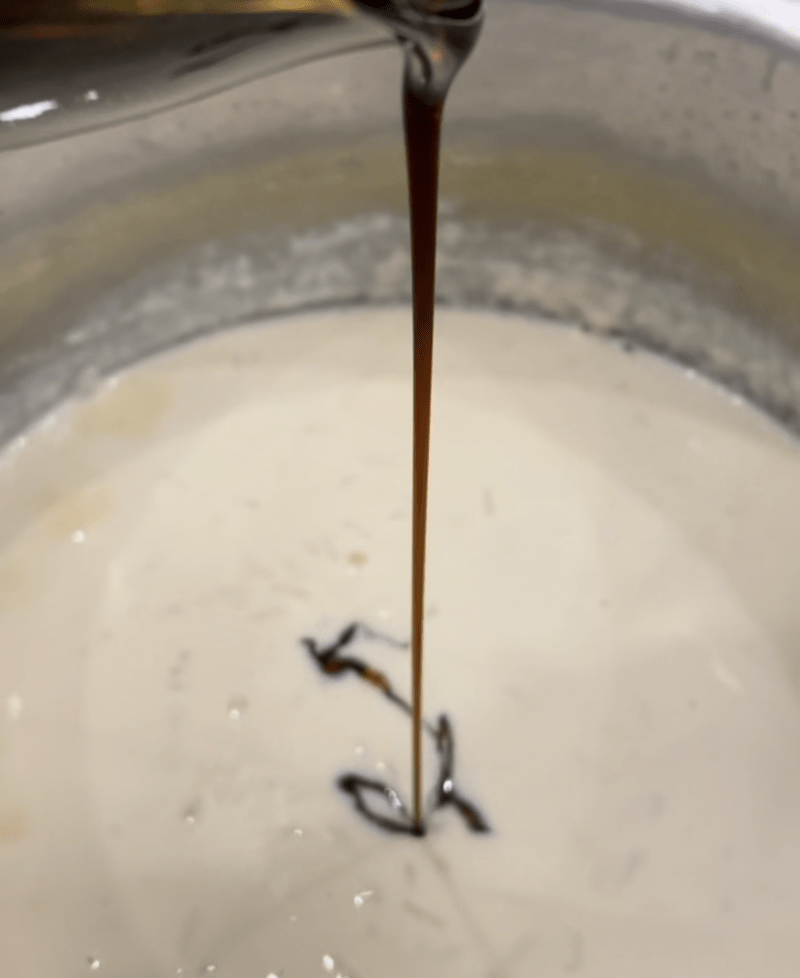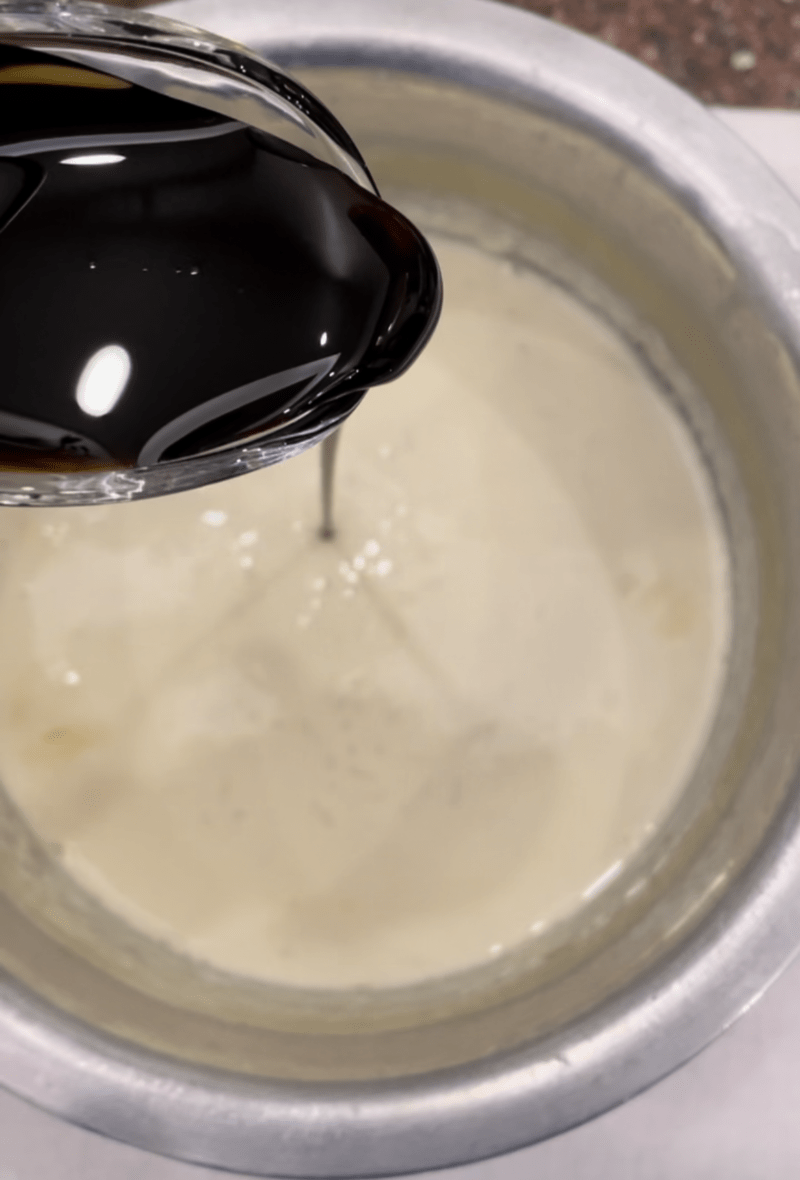
In most Bengali households, food equals a language of love and care. Anindita’s grandmother, affectionately called Didu, nurtured her family through her cooking. Anindita claims Didu’s payesh was a staple at most family gatherings. What once seemed like an ordinary family tradition grew into a cherished legacy she sought to recreate.
For Didu, making payesh was a labour of love and patience,standing by the stove to stir the milk until it thickened to an ideal consistency. The recipe embodies a great attention to detail too, featuring ingredients such as whole-fat milk, aromatic Gobindobhog rice, and flavourful nolen gur (date palm jaggery). As the seasons changed, Didu experimented with a number of variations for the payesh,kheer aata with custard apple in the monsoon and kheer komola (kheer made with oranges) in the summer.
Over countless phone calls with her mother, Anindita learned to perfect Didu’s recipe, to be able to carry forward the ritual of marking life’s milestones with this beloved dish. For Anindita, this recipe is more than just a dessert,it’s a slice of heritage.
| Raisins, soaked in milk | 2 teaspoons |
|---|---|
| Full-fat milk | 2 litres |
| Gobindobhog rice, washed | 3 tablespoons |
| Sugar | 1 teaspoon |
| Cardamom | 2-3 pods |
| Nolen gur | 1 cup, (adjust according to personal preference) |
What You Will Need
Mixing bowls, saucepan
Instructions
In a clean bowl, soak the raisins in enough milk so that they are partially submerged. Leave them in the milk until they soften and plump up.

In a large saucepan, pour the rest of the milk and place on a low flame to heat.

Start reducing the milk to half its original quantity, while stirring continuously on low flame.

The milk will take approximately an hour to reduce. It will have a satin-like finish once the ideal consistency is reached.
Once fully reduced, add the rice. Continue cooking on a low flame for 7-10 minutes. Make sure the rice is soft, but not overcooked or mushy.

When the rice is optimally cooked, add a spoonful of sugar to prevent the rice from cooking further. Add the cardamom.
Keep stirring continuously on a low flame until the milk and rice mixture achieves a semi-thick consistency.
Take it off the flame and allow the payesh to cool to room temperature. Then add the nolen gur and mix well.


Finish the payesh by stirring in the soaked raisins.
Tips:
Wait for the payesh to cool down before adding the nolen gur, otherwise it may split.
Variations:
The payesh can also be made with sugar instead of nolen gur. In the summer, you can give it a refreshing twist by thickening the milk and sugar, then adding peeled and deveined orange slices for a burst of citrus. During the monsoon, the addition of custard apple,its creamy sweetness blending perfectly with the rich, thickened milk,makes the payesh a comforting treat.
Anindita Ghose (@aninditaghose) is a writer, journalist and editor from Mumbai. Currently, she leads communications for a global social impact consulting firm and is writing her second novel.
This recipe is a part of ‘A Longing for Home Food Booth’, an oral food memories project from The Locavore’s immersive installation at the Serendipity Arts Festival, 2023.
Listen to the complete memory of the recipe by visiting this link: Didu’r Payesh
You must be logged in to rate this recipe.

Sign in with email

